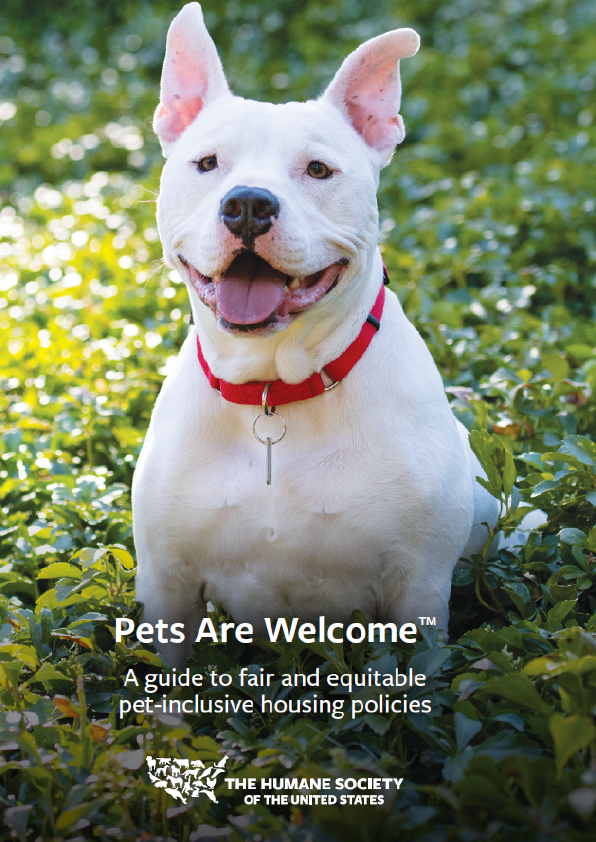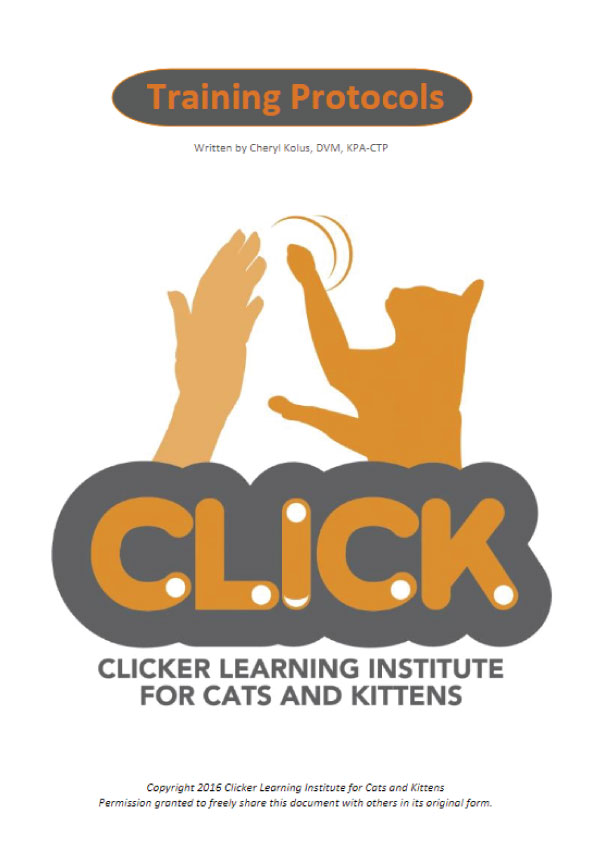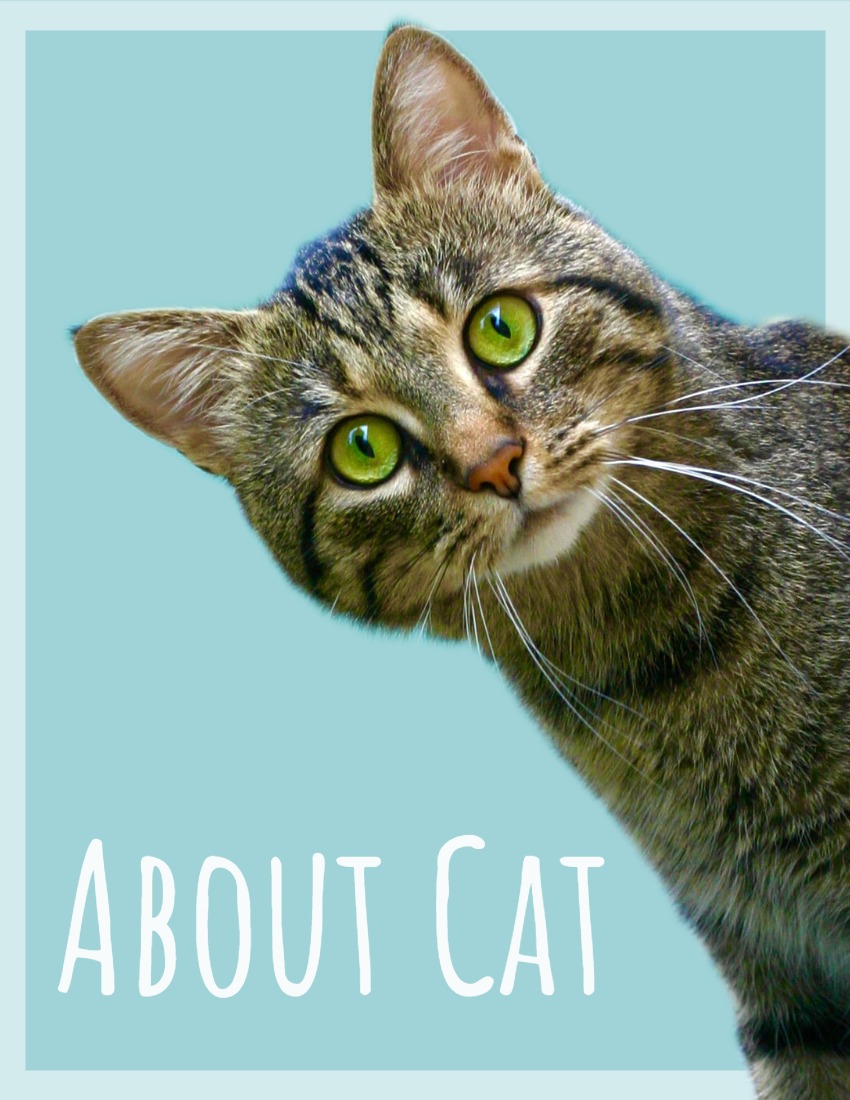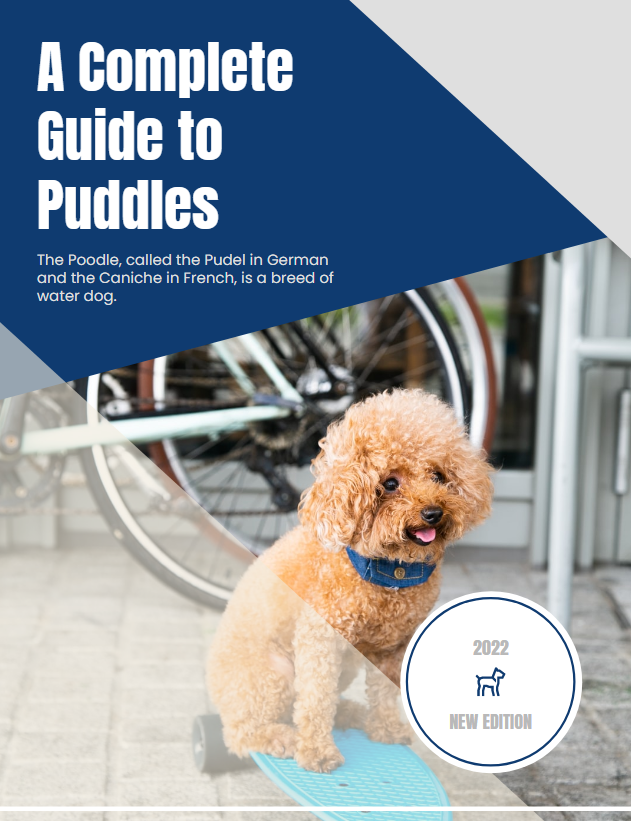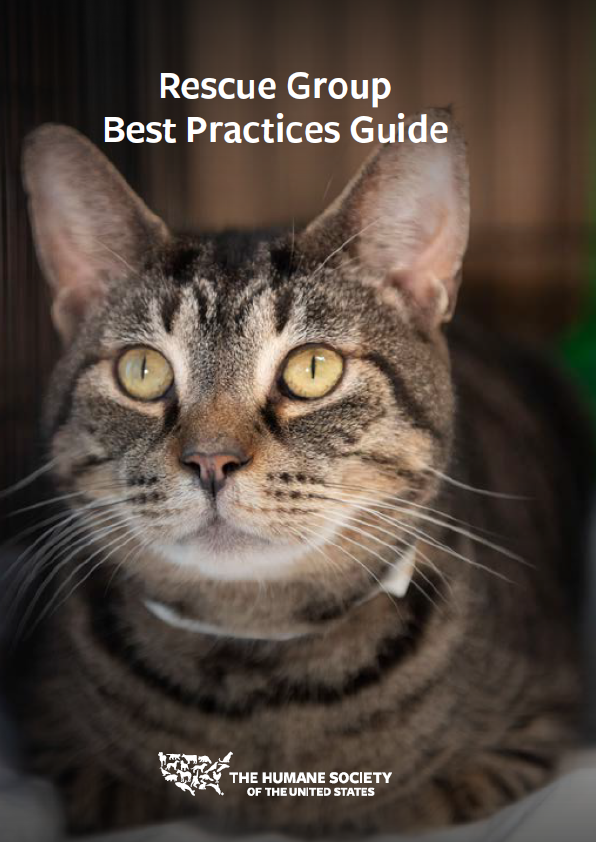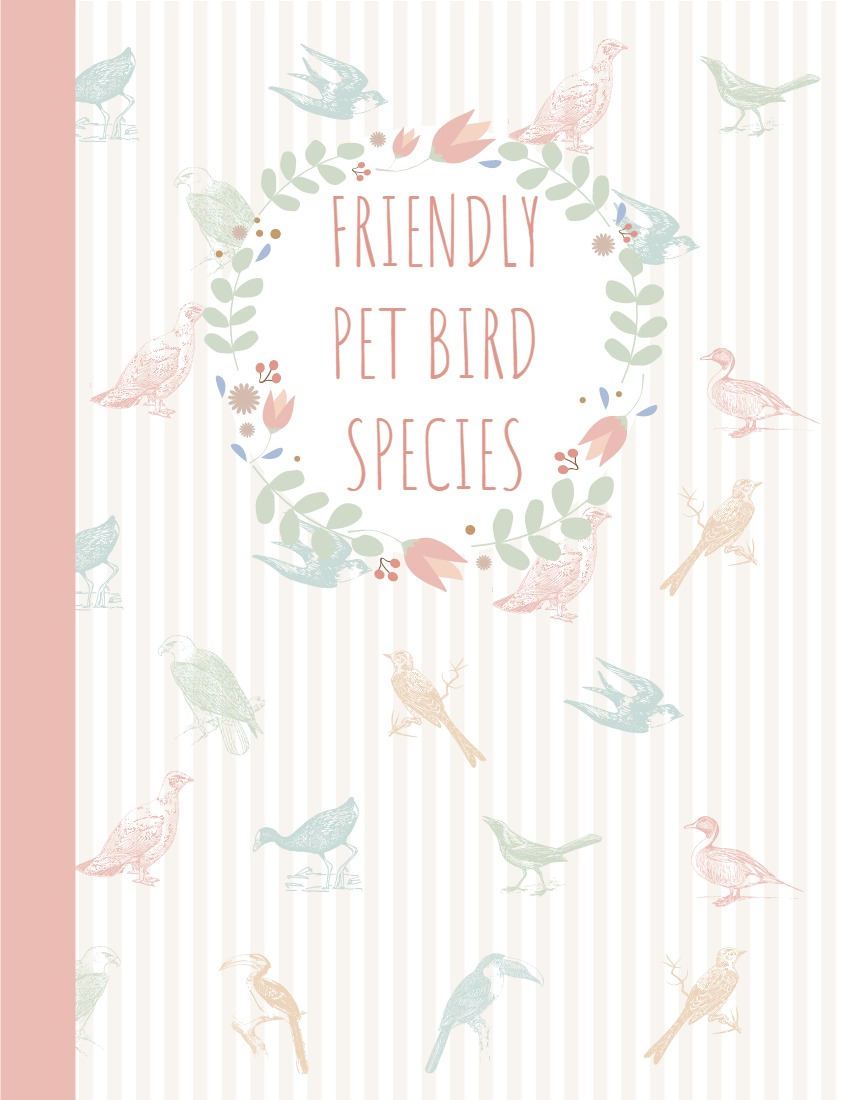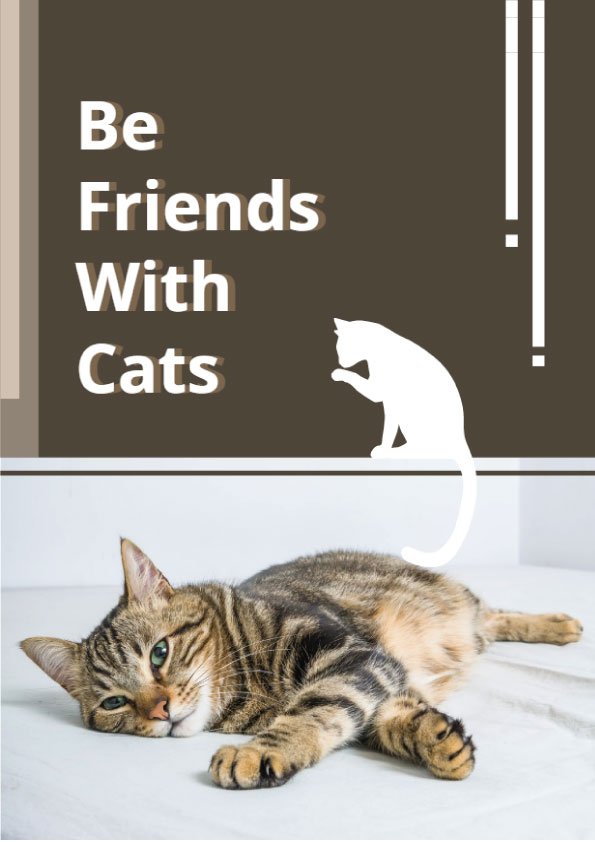RENTAL HOUSING THAT WELCOMES ALL CATS AND DOGS as pets, regardless of breed or size, is scarce in communities across the United States. Even properties advertised as “pet friendly” usually exclude popular dog breeds and set strict limits on a pet’s weight and size. They may also require cats to be declawed, limit renters to a single pet or impose hefty fees. According to an industry survey, nearly three-fourths of Americans who rent have pets, so it’s no surprise that difficulty finding and keeping rental housing is a top reason dogs and cats are surrendered to shelters and rescues each year.
Learning the facts
What’s the definition of a Pets Are Welcome property?
A PAW property welcomes cats and dogs, regardless of breed or size, and does not have other arbitrary restrictions like requiring cats to be declawed or limiting the number of pets a family can love.
What about the other restrictions we frequently see, like excessive fees, limits on numbers of permitted pets and cat declaw mandates?
At the HSUS, we believe that no family should have to choose between their pet and their home. Unfortunately, there are a variety of arbitrary restrictions in the rental housing industry. The most common being:
- Breed restrictions: While breed restrictions lean heavily toward pit bull-type dogs or other large breeds, you may be surprised to see a long list of other dog breeds prohibited in “pet-friendly” rentals.
- Weight limits: Often as low as 20 pounds, they restrict the large majority of dogs under the false belief that larger dogs may cause more damage and are noisier.
- Pet limits: Limits of two pets are common, but restrictions may allow for only one pet or may prohibit cats.
- Cat declaw requirements: Landlords may require any resident cat to be declawed under the misguided notion that a cat without claws will cause less damage to their property. Not only is declawing a cruel procedure where a cat’s toes are amputated, chronic paw pain in declawed cats can lead them to avoid the litter box, thus causing more damage to the property than a cat with claw
